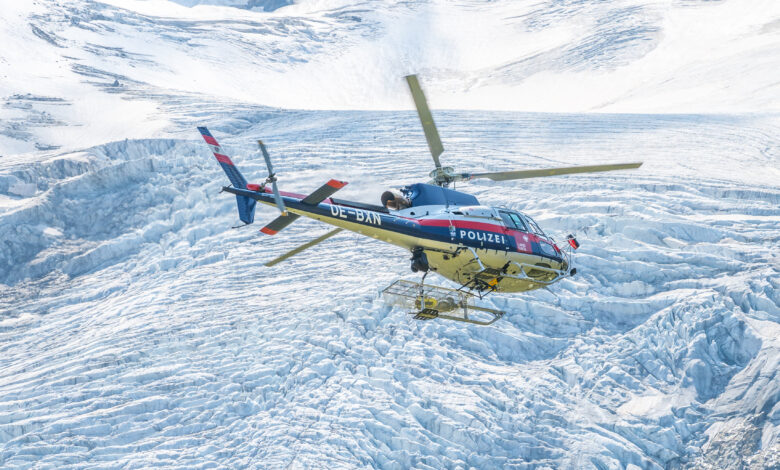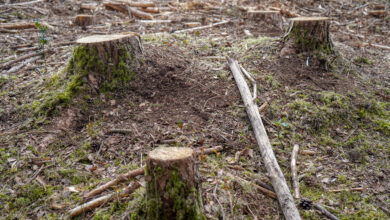Discovery of Preserved Body on Melting Glacier Raises Questions about Alpine Environment

In a chilling reminder of the profound impact of climate change, the body of a man believed to have perished over two decades ago has been unearthed on the rapidly melting Schlatenkees glacier in the Austrian province of Tyrol. The discovery, made by a mountain guide last week at an altitude of 2,900 meters (9,500 feet), has raised questions about the environmental changes unfolding in the Alps.
Near the preserved remains, a rucksack was uncovered, containing a bank card and a driving license that hint at the man’s identity.
Austrian authorities, deploying a helicopter for retrieval, have reason to believe that the individual was an Austrian national who met his fate at the age of 37 in 2001. However, definitive confirmation awaits DNA tests currently underway.
Christian Viehweider, a police spokesman, informed BBC News that it would be several weeks before the results of these tests could provide clarity regarding the man’s identity. The presence of ski touring equipment alongside the body suggests that he may have suffered an accident during his outdoor pursuits.
The Schlatenkees glacier, known for its breathtaking beauty, is regrettably one of Austria’s fastest-melting glaciers. In its 2021/2022 report, the Austrian Alpine Club lamented that it had experienced the most significant recorded loss, a staggering 89.5 meters, over the past year. Last April, the same organization reported that Austria was witnessing a record high in glacier melting, an unprecedented trend since its measurements began in 1891.
This discovery isn’t an isolated incident; it’s part of a growing trend of revelations as retreating glaciers reveal long-held secrets. In June, a climber made a similar discovery of human remains and bones on the same glacier in Tyrol, further emphasizing the consequences of rapid glacier retreat. DNA testing is currently underway in this case as well.
“It is rather unusual to have two such discoveries on a glacier within such a short time,” noted Mr. Viehweider. He also pointed out that around 45 individuals have been missing in the Austrian Alps since 1964, leaving a haunting legacy of unresolved mysteries.
Beyond Austria, neighboring Switzerland has also witnessed such discoveries. Just last month, a German climber who disappeared in 1986 was found on a glacier near the Matterhorn mountain. The climber’s body, entombed in the ice for 37 years, was detected by mountaineers crossing the Theodul glacier above Zermatt.
These occurrences in both Switzerland and Austria are exacerbated by the exceptionally hot conditions experienced this summer. Such conditions pose a dire threat to the future of Alpine glaciers, which are crucial to Europe’s environmental health. These glaciers store winter snow, which in turn feeds European rivers like the Rhine and the Danube, providing essential water for crops and even cooling nuclear power stations.
The haunting discovery of the preserved body serves as a stark reminder that the consequences of climate change are not only measured in rising temperatures but also in the profound transformation of landscapes and the unearthing of untold stories buried in ice for decades. It underscores the urgency of global efforts to combat climate change and preserve our natural wonders for future generations.





